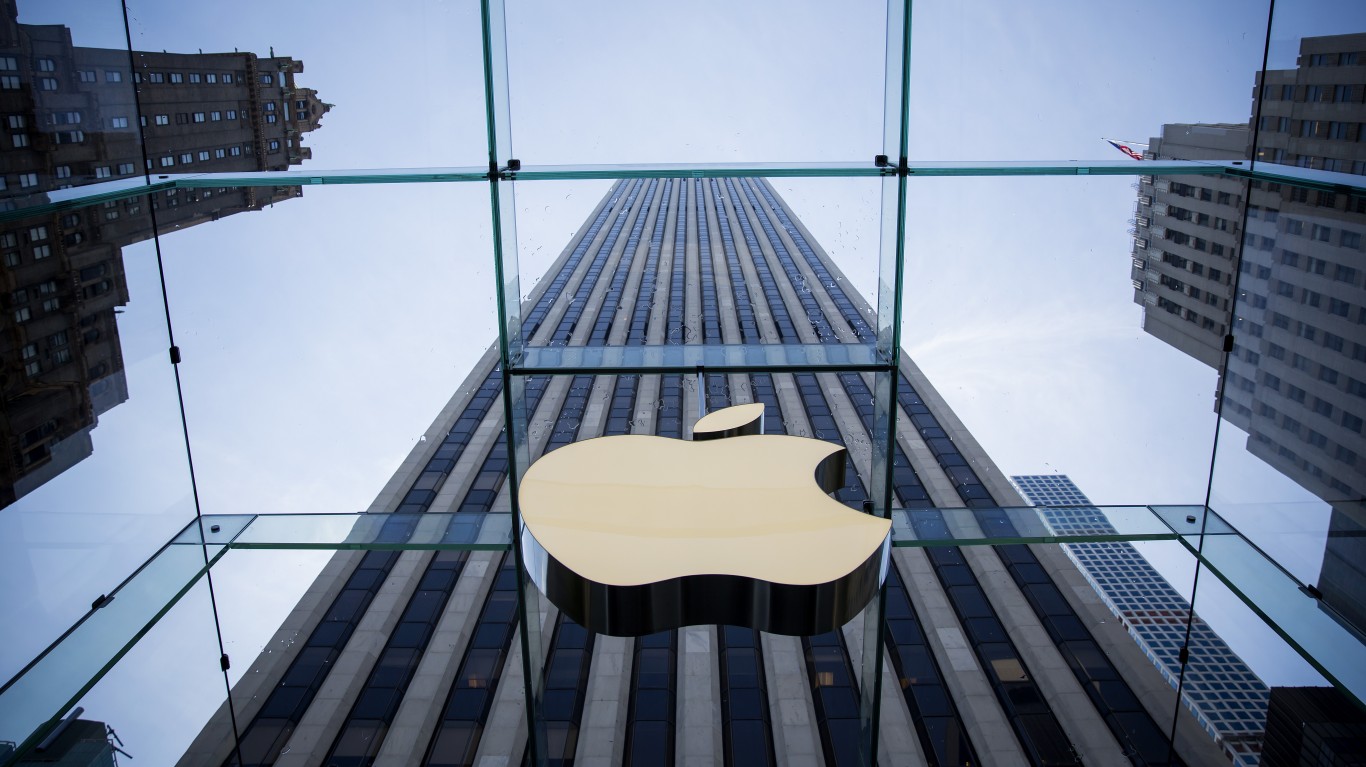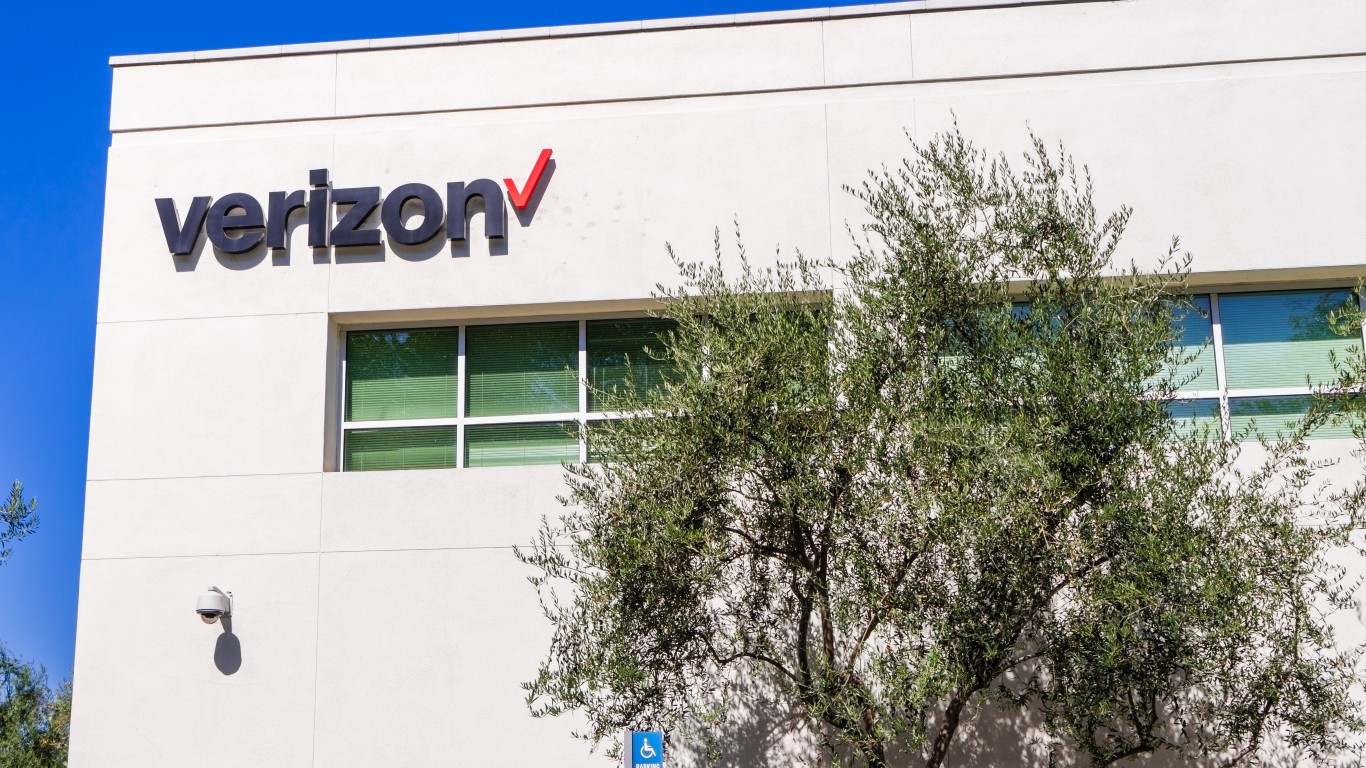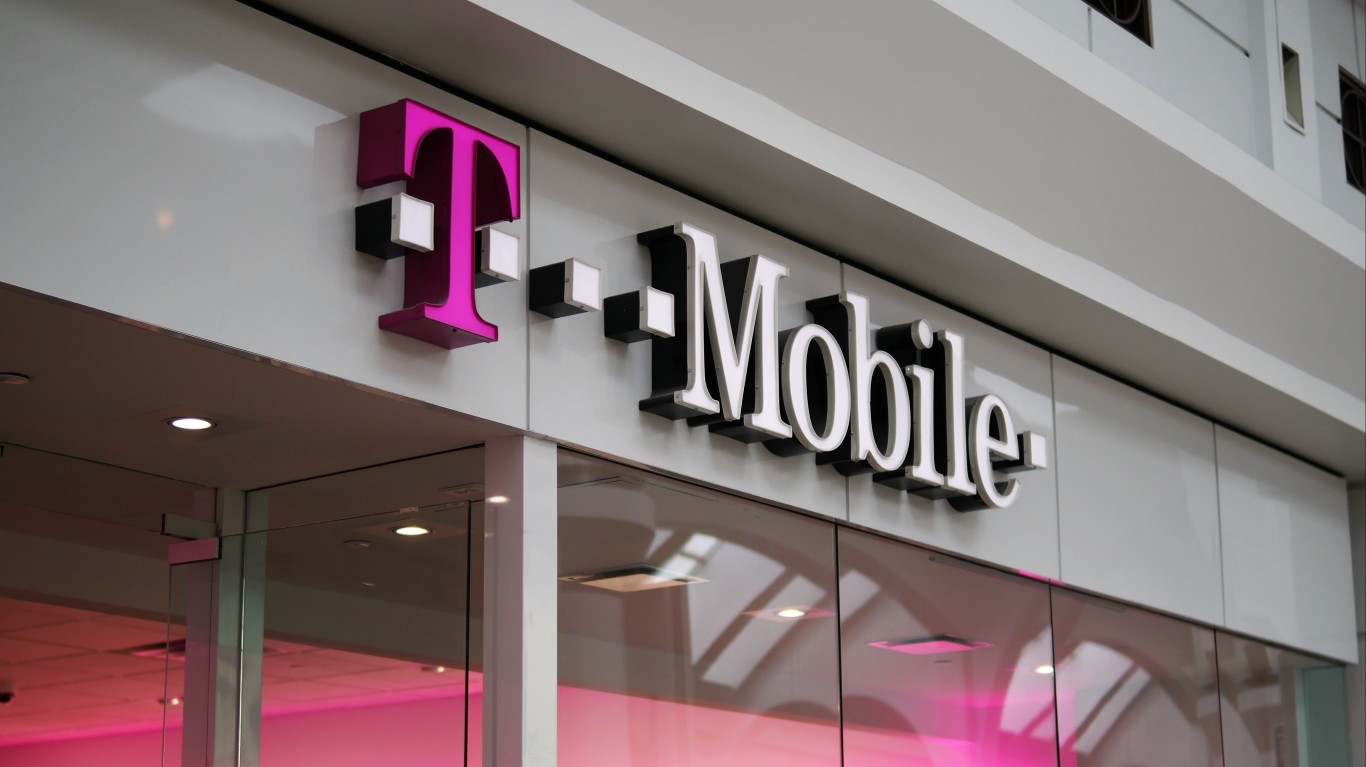
Like most of corporate America, AT&T (NYSE: T) has had to rethink its advertising during the COVID-19 pandemic. The nationwide wave of protests further complicates how companies communicate with consumers. It doesn’t seem like the time for jolly jingles.
Besides dealing with tone issues, corporations have also been tightening their belts. When you’re trying to conserve cash, advertising is one of the first things to go.
AT&T’s Chief Brand Officer Fiona Carter told Business Insider this week that the messaging focus has been on helping consumers during troubled times. “We’re demonstrating the tangible ways we can help you live your life through the pandemic,” she said. “Our messaging at the beginning was about how can [we] address economic hardship.”
In a nostalgia move, AT&T has revived an old character, AT&T employee Lily, who was featured in dozens of commercials between 2013 and 2017. “With the ongoing ambiguity in the air due to the COVID-19 pandemic, the touch of nostalgia and familiarity in AT&T’s new spots are much appreciated,” CampaignUS wrote.
In the new ads, Lily isn’t working in an AT&T retail store. Instead, she’s working from home — like much of America. “Throughout the years we had seen a steady stream of social media comments about bringing Lily back, so we’re excited that we found the right time to finally do it,” AT&T advertising vice president Marc Burns told Muse magazine.
Where is AT&T spending its ad budget? “We’re spending where our biggest customers are spending their time,” Carter said. “We were big on live news at the very beginning and continue to be so because we find a lot of engaged eyeballs in news.”
Carter said they’ve also targeted dramas and show finales, to reach consumers looking for an escape from the grim news cycle. And AT&T has spent more money on social media and digital advertising since stay-at-home consumers have been spending more hours online.
In a normal world, AT&T spent up to 40% of its ad budget around sporting events. Getting creative in this environment, the company did some campaigns focused on the NFL and WNBA drafts. And it advertised on the charity golf show “The Match” on Turner Sports.
Honoring Healthcare Heroes
The media business has found ways to salute frontline healthcare professionals and other essential workers. “We’ve observed a somber similarity across advertising and felt that customers wanted more optimism,” Carter said. “John Krasinski’s ‘Some Good News’ embodied that, so we created a partnership about thanking healthcare heroes.”
That move ties in well with FirstNet, the government’s new dedicated wireless network for first responders that AT&T runs. FirstNet was created by Congress in 2012, and AT&T won the contract to manage it. The service is now offering three months of free service to doctors and nurses.
Back in April, CEO Randall L. Stephenson said the new service was working well. “FirstNet is doing exactly what it was designed to do, provide critical connectivity to our first responders, healthcare providers, governments, military, police, fire, and EMS,” he said. “The demand from our FirstNet customers has been tremendous.”
AT&T has competition in this space. Verizon Communications Inc. (NYSE: VZ) has long served first responders, and T-Mobile US Inc. (NASDAQ: TMUS) jumped into the game a few weeks ago.
T-Mobile is offering free unlimited mobile service, including 5G, to first responders with its offering. The company said it will invest over $7 billion in the network during the next decade. T-Mobile committed to entering the first responder market as one of its commitments to gain merger approval with Sprint.
HBO Max
In other AT&T news, the company’s new streaming service, HBO Max, may be off to a slow start. Mobile metrics firm SensorTower reported about 90,000 HBO Max app downloads on launch day, less than a third the number of downloads for the new short-form video app Quibi.
A spokesperson for Warner Media, the AT&T division that runs HBO Max, disputed the number but did not offer an alternative, according to Bloomberg. When The Walt Disney Co. (NYSE: DIS) launched its Disney+ streaming service last November, it received 10 million subscribers in one day. It seems like AT&T would have bragged had they hit similar numbers.
HBO Max is seen as crucial for AT&T, which acquired Time Warner and all of its entertainment assets in 2018.
One big problem for HBO Max: It’s still not available on Amazon Prime or Roku. Negotiations continue but it’s a big miss that some Prime and Roku subscribers have noticed. At launch, HBO Max wasn’t available on Comcast, but the companies finally reached a deal.
Amazon, which carries HBO among its Prime channels, said in a statement: “We believe that if you’re paying for HBO, you’re entitled to the new programming through the method you’re already using. That’s just good customer service and that’s a priority for us.”
Roku believes that its reach is a strength that AT&T should be willing to accommodate: “We are focused on mutually positive distribution agreements with all new OTT [over-the-top] services that will deliver a quality user experience to viewers in the more than 40 million households that choose Roku to access their favorite programs and discover new content.”
For its part, AT&T commented: “We look forward to reaching agreements with the few outstanding distribution partners left, including with Amazon and on par with how they provide customers access to Netflix, Disney+ and Hulu on Fire devices.”
“HBO Max isn’t a game changer for AT&T,” Evercore ISI analyst Vijay Jayant wrote this week. He cited “confusing branding, uncertainty about how to get the product, and limitations on how consumers can actually watch the product, particularly on television.” On the upside, Jayant said the streaming service offers a robust library of quality content. The company just has to get exposure to the missing platforms.
Wall Street’s View
Analysts have mixed views on AT&T. Eleven recommend Buy, 14 Hold and two Sell. The 12-month average price target is $36.15.
The stock closed at $30.99 on Tuesday, up 0.19%. Year to date, AT&T is down 20.7%, compared to the S&P 500, which is down 4.46%. The 52-week range is $26.08 to $39.70.
Old school investors are still drawn to the company’s dividend. AT&T has historically paid one of the biggest and most consistent dividends in the stock market. It’s worth noting that rival Verizon pays a comparable dividend. These dividends are a major differentiating factor that separate the telecom giants from other companies.
As a result of the coronavirus pandemic, some companies, including Ford and General Motors, suspended their dividends. But AT&T has not. After the pandemic hit, executives said that they would ensure the financial security of the company, especially the dividend, and they seem to be doing just that.
AT&T’s COVID-19 update in April demonstrated that the company was in a financially strong position. Looking at the books, it had around $9.96 billion in cash and cash equivalents at the end of the first quarter. Also, the company generated $8.9 billion in cash from operations and $3.9 billion in free cash flow.
At the same time, AT&T announced a $4 billion accelerated stock buyback plan in March. The company has since canceled that plan, which was to have been implemented during the second quarter.
AT&T pays its common shareholders a 6.5% dividend yield, which is significantly higher than many companies in telecom, communications and media. The dividend payout ratio is 23.6%, based on cash flow, or 58.3% on a trailing 12-month basis.
Travel Cards Are Getting Too Good To Ignore (sponsored)
Credit card companies are pulling out all the stops, with the issuers are offering insane travel rewards and perks.
We’re talking huge sign-up bonuses, points on every purchase, and benefits like lounge access, travel credits, and free hotel nights. For travelers, these rewards can add up to thousands of dollars in flights, upgrades, and luxury experiences every year.
It’s like getting paid to travel — and it’s available to qualified borrowers who know where to look.
We’ve rounded up some of the best travel credit cards on the market. Click here to see the list. Don’t miss these offers — they won’t be this good forever.
Thank you for reading! Have some feedback for us?
Contact the 24/7 Wall St. editorial team.
 24/7 Wall St.
24/7 Wall St.


